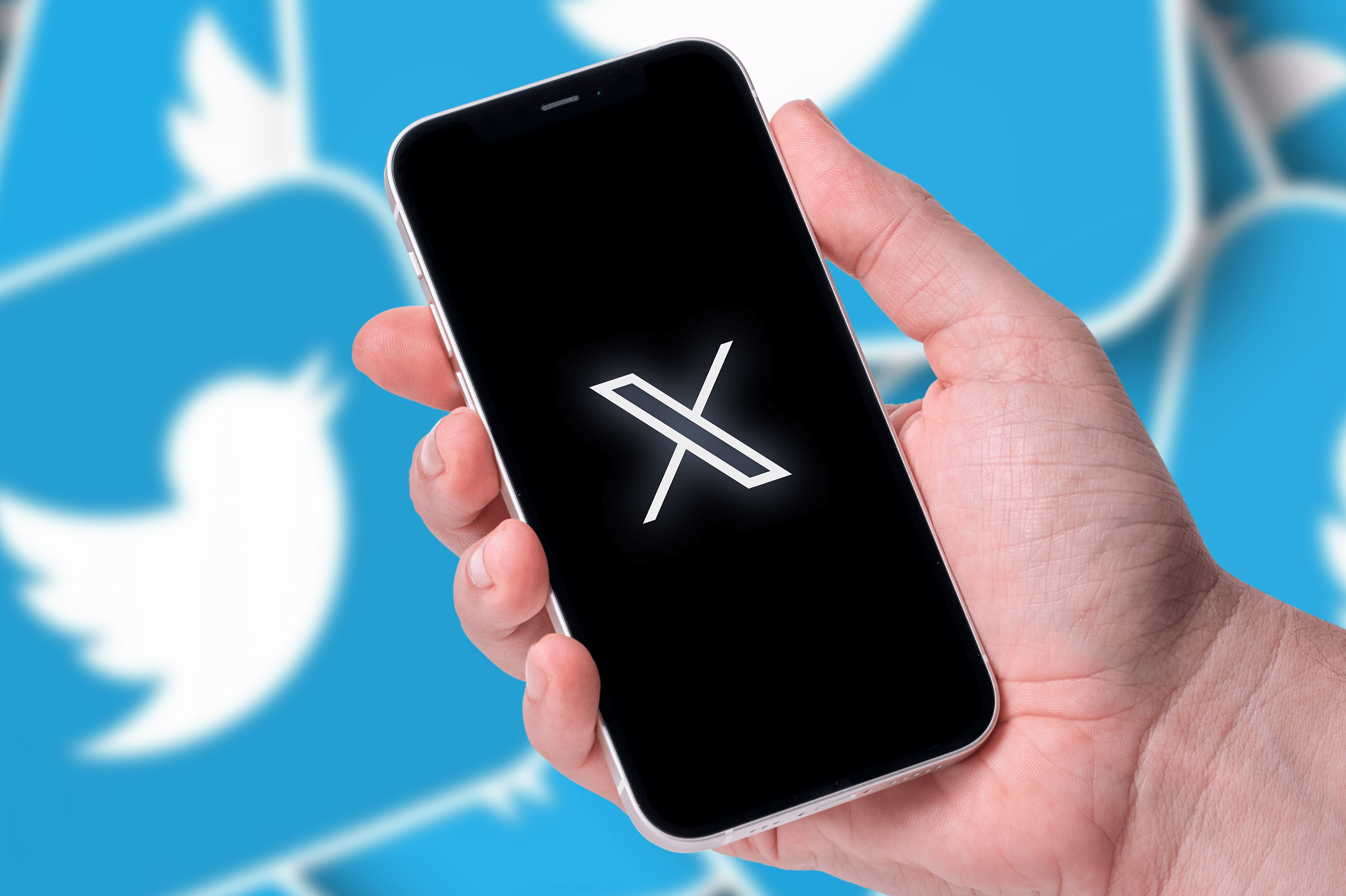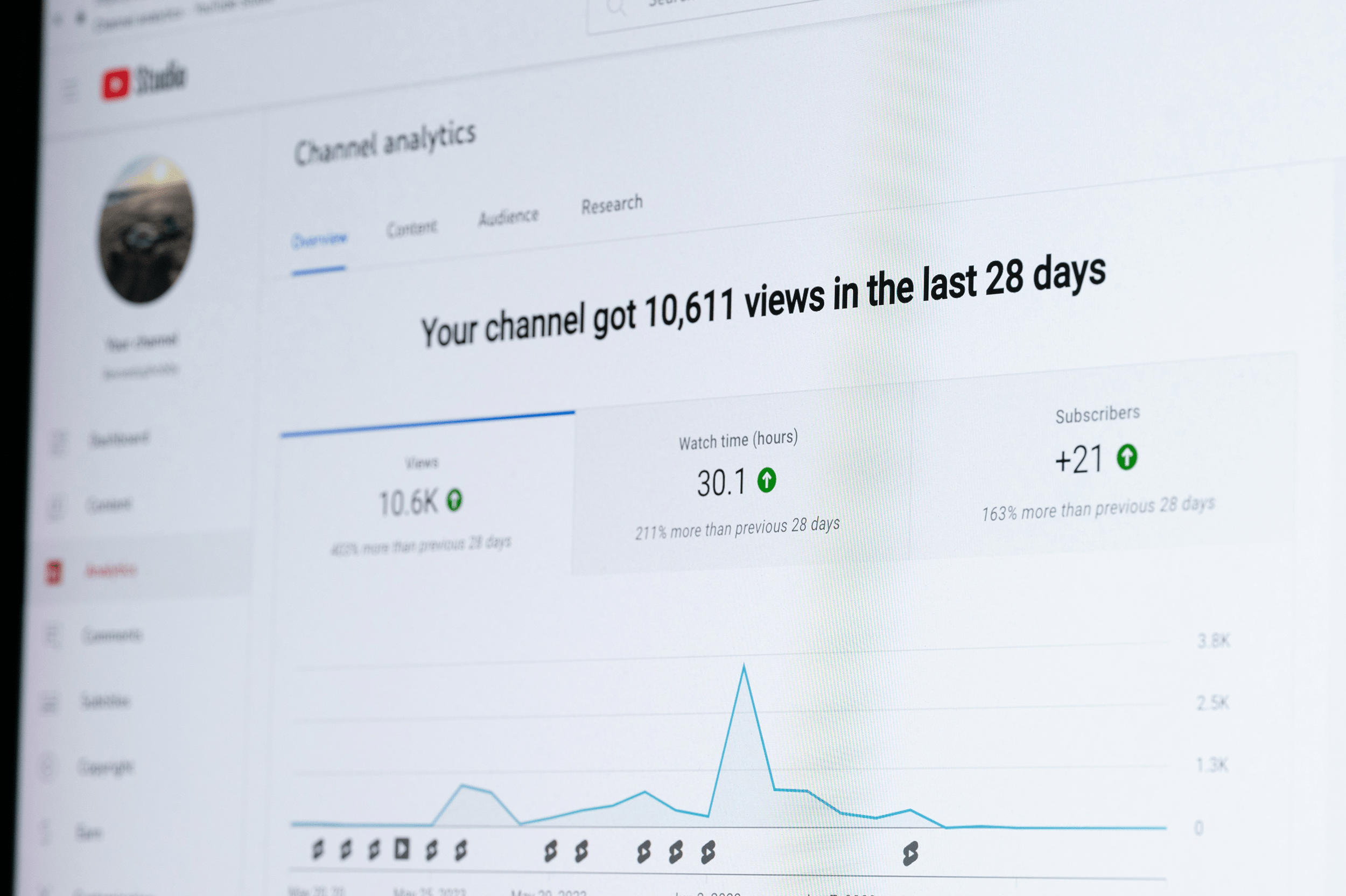A social media audience tiring of your posts is a problem that most businesses deal with. Failing to address it could result in decreased customer retention, slower audience growth, and ultimately fewer conversions. Audience fatigue is not inevitable, however, and there are ways to avoid and overcome it.
In this blog, you will learn the most common signs of social media fatigue and 5 effective methods to tackle them.
Signs of Fatigue in your Social Media Audience:
Fewer interactions – Fewer interactions in the form of likes, comments, shares, and retweets are among the most obvious ways to spot fatigue. It’s also important to look out for drops in performance for the kind of content that usually does well on your page. Just 0.07% of the average brand’s followers interact with their page, so it is vital to hold onto the active users you have and work on getting more of your audience to interact.
Slow follower growth – A lack of new followers could mean you are not appealing enough to users outside your existing audience, or it could be a result of your content generating fewer shares and retweets. If you are still seeing plenty of interactions on your page but not many new subscribers, this is a strong sign your posts are overly specific or niche, and more variety is needed to reach a wider audience.
More negative comments – If your comments sections fill up with complaints about your content, pay close attention to this feedback. According to research by Convergys Corp., one negative comment could cost you 30 customers. Unpopular and low-value posts also cause users to unfollow or block your page, cutting off your access to that customer or lead.
Low conversion rates – Lower conversion and click-through rates on the promotions and links you post could mean your deals are not offering customers enough value, or are not appealing to a wide variety of customers.
Here are 5 effective methods you can employ to tackle social media fatigue:
1. Improve engagement rates
The most obvious sign of social media fatigue is when a smaller percentage of your audience is engaging with your posts. Not only does this indicate your posts are failing to hold users’ attention, but a lack of engagement will also result in reduced reach and slower growth in followers. Here are a few tactics you can use to increase the number of interactions on your posts:
Use humor – Humor can be an effective way to generate more comments and shares on your posts by providing entertainment value. This plays to the strengths of social media by engaging your audience in a more relatable and human way. Just make sure it is appropriate and authentic for your brand’s personality.
Feature user content – Encourage your customers and followers to share their own images and videos on your page. This adds more variety to your output and can generate a lot of interaction with users posting, liking, and commenting on their submissions. User content has the added bonus of providing social proof that real people enjoy your brand and products enough to create their own content about it.
Engagement contests – Offer a free reward to users who share your content the most or submit the most popular user content to incentivize more interactions. Randomly selected giveaways for everyone who likes, shares, or tags friends in a post can be even more effective as each follower needs to do less to participate.
Take a look at this example from GoPro putting these ideas into practice:

By featuring this user photo not only does GoPro get to post a great shot that shows off the capabilities of their camera, they also encourage more users to post and share their own images in order to be seen by GoPro’s audience.
2. Address a lack of follower growth
You don’t need a constantly rising follower count for your social media page to be successful, but if you are getting fewer new visitors each month, that could indicate a problem. A common reason for this is that all of your posts are very focused on your own brand or niche. While posts on these topics are valuable and necessary, you also need to reach out to a wider audience to ensure new users find your page in the first place.
Another potential reason for this is a decline in the number of people sharing your posts. Shares are one of the most effective means of finding new users on social media, so this cannot be neglected. If you are not seeing many users sharing your posts, ask yourself whether they have a good enough reason to share your posts. Content that does not offer any reward or entertainment value, or provide information users would like to show their friends is less likely to be shared. For example, offering a free pizza encourages Dominos customers to spread the marketing messaging to their friends via retweeting:

It doesn’t always have to be about giving away free stuff either. This post from Alienware drives engagement and gets people tagging their friends just by kicking off a conversation between users discussing their favorite experiences:

3. Reduce repetitive content
Everyone reuses old posts and topics from time to time, and reposting high-performing old content is a good idea. Post too much similar or repeated content, however, and your audience will get bored of seeing it.
Review your previous posts on a monthly basis to check for unintended trends in the style or subject of your content. This can provide invaluable insight not just into stale topics you need to drop, but will also reveal topics performing well that you can keep using. Plan your posts a few weeks in advance as well, since scheduling all your content at once like this makes it easier to spot and avoid repetition before you post. Used correctly, scheduling tools can be vital time-savers here.
It can be a good idea to leave some empty space in your schedule though, which will enable you to more easily respond to current events and rearrange your posts accordingly.
4. Avoid off-topic content
Too much repetition can cause fatigue in your audience, but so can irrelevant content. While you should reach outside of your niche to new users, your posts should never leave existing followers wondering what this has to do with your business. This is another area that greatly benefits from regularly reviewing your past content. Look at your most popular post topics and find ways to present this content to a new audience or relate it to new industries, hobbies, or lifestyles. This will allow you to create a more varied schedule of content while still using proven tactics.
For example, this post from Deliveroo gets their audience talking about their favorite shows but keeps the discussion still related to their own business:

5. Promote your opt-in campaigns
While social media provides opportunities for free marketing to a large audience, you can’t target ads to audience segments. This limits how specific your marketing messages can be. Additionally, the average social media user is browsing primarily for entertainment and can be turned off by too much marketing on your social media.
To avoid these problems, use your social media to promote opt-in marketing campaigns. This will allow you to create marketing messages designed for different groups of leads without publicly posting messages that are irrelevant to the rest of your audience. Promoting your SMS marketing works great here as it matches the immediacy and short message format of social media, and 80% of total time users spend on social media happens to be on mobile. This has the added bonus of bringing interested leads to a marketing channel with higher conversion rates.
Conclusion
The best way to fight social media fatigue is by producing a wide variety of relevant, high-value content. New followers are often a sign of a healthy social media presence, so keep them coming in with content that has appeal outside your brand or niche while still being on-topic. Give yourself the ability to send more personalized and targeted marketing by promoting your other marketing campaigns, keeping your social media free of content that appeals to a narrow audience.




